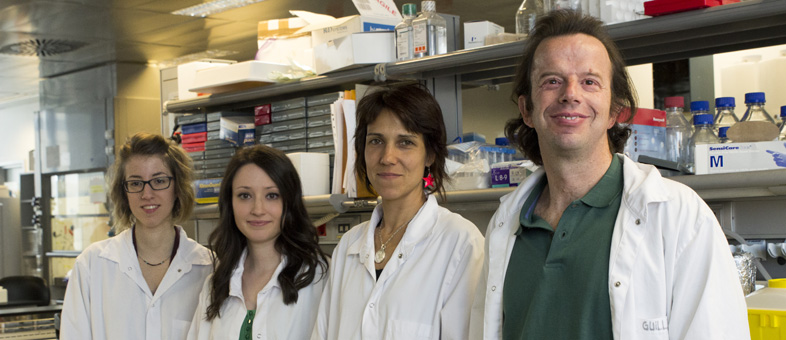'The Journal of Cell Biology': Telomere shortening limits the capacity of the heart to regenerate
The findings, published in The Journal of Cell Biology (JCB), could point the way to future interventions to increase the regenerative capacity of the mammalian heart
The self-renewal capacity of cardiomyocytes, the contractile muscle cells in the heart, largely depends on the length of their telomeres. Cardiomyocytes stop dividing a few days after birth, and therefore any cells that die later in life due to a heart attack cannot be replaced, presenting a significant difficulty for patient recovery. Researchers at the Centro Nacional de Investigaciones Cardiovasculares Carlos III (CNIC) have discovered that the loss of this self-renewal capacity is due to shortening of the telomeres. These structures at the ends of chromosomes are essential for genome maintenance and begin to shorten soon after birth. The results, published in The Journal of Cell Biology(JCB) could point the way to future interventions to increase the regenerative capacity of the heart in mammals.
The mammalian heart is known to have some capacity to regenerate after undergoing a myocardial infarction. The problem is the very limited time window during which this capacity is maintained: just the first few days after birth. The CNIC research team, led by Dr. Ignacio Flores, analyzed the molecular mechanisms that operate during the first days of life to shut down cardiomyocyte division. Using the mouse as an experimental model, the research team discovered that cardiomyocyte telomeres shorten rapidly after birth. A major effect of this is that the chromosome ends are recognized as sites of damaged DNA and fuse with each other to form DNA “bridges” between chromosomes.
Telomere shortening is one of the causes underlying the lost capacity of cardiomyocytes to divide and of the heart to regenerate from soon after birth
To determine whether postnatal telomere erosion and subsequent DNA damage contribute to the loss of cardiomyocytes’ capacity to divide, the CNIC researchers used mice that lack telomerase—the enzyme that extends telomere length. These experiments showed that newborn animals lacking telomerase undergo premature telomere shortening, provoking a decline in the number of dividing cardiomyocytes. This result, Dr. Flores points out, shows that “telomere shortening contributes to the loss of cell division capacity in neonatal cardiomyocytes.”
Cell division
The next step was to investigate whether this telomere shortening impeded cardiac regeneration. For this, the researchers induced an injury in the hearts of one-day-old mice. “We observed that the hearts of mice with intact telomere reserves regenerated the damaged tissue,” explains Dr. Esther Aix. In contrast, cardiomyocytes in animals with premature telomere shortening were unable to divide in response to cardiac injury. Dr. Aix continues, “This prevented these hearts from regenerating the damaged tissue.” Summarizing, Dr. Flores points out that “These results show that telomere shortening in cardiomyocytes impedes heart regeneration.”
The research team also observed that the presence of short telomeres in cardiomyocytes leads to increased expression of p21, a protein that causes cell-cycle arrest. Elimination of p21, explains Dr. Flores, “restored the ability of cardiomyocytes to divide, implicating p21 in the mechanism of the loss of self-renewal capacity by cardiomyocytes with short telomeres.”
The results show that telomere shortening is one of the causes of the postnatal loss of cardiomyocyte division and cardiac regeneration. The results also open the way to research into the therapeutic use of telomere regulators to promote cardiac regeneration after a heart attack.











